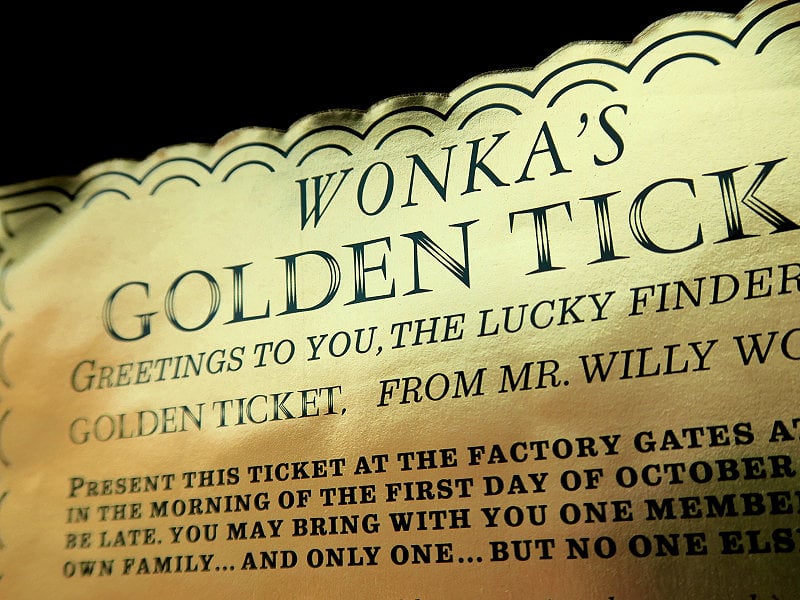In the classic 1971 film Willy Wonka and the Chocolate Factory, a Paraguayan newscaster announced that multi-millionaire Alberto Minoletta had discovered the fifth and final Golden ticket. Still, it was later revealed to be a forgery, allowing Charlie to find the golden ticket and fulfill his destiny. But do you know whose photo was used as the image of Albert Minoletta in Willy Wonka and the Chocolate Factory?
Willy Wonka and the Chocolate Factory, 1971; a photograph of Martin Bormann, head of the Nazi Chancellery, was used as Albert Minoletta’s image. He was the golden ticket counterfeiter.
The Nazi German in The Chocolate Factory
Martin Ludwig Bormann was a Nazi Party official and the head of the Nazi Party Chancellery in Germany. He wielded enormous power as Adolf Hitler’s private secretary, controlling the flow of information and access to Hitler. He went into hiding after the war, and it was rumored that he was living in Paraguay at the time of the film’s release.
Bormann was tried in absentia at Nuremberg and found guilty of war crimes. On October 15, 1946, he was sentenced to death by hanging, providing that if he was later discovered alive, any new facts discovered at the time could be used to reduce or overturn the sentence.
Bormann’s remains were discovered in 1972 when construction workers discovered human remains near Lehrter station in West Berlin. Glass fragments were found in his skeleton’s jaws during the autopsy, implying that he committed suicide by biting cyanide capsules to avoid capture. When German authorities ordered genetic testing on skull fragments in 1998, these remains were conclusively identified as Bormann’s. So he had been dead the entire time.
Mel Stuart, the film’s director, acknowledges his little joke, but it didn’t make it into his making-of-movie book, Pure Imagination.
The scene was never as successful as I had hoped. wenty-five years after World War II, very few people knew or cared who Bormann was.
Mel Stuart, Director, Willy Wonka and the Chocolate Factory
(Source: Eighties Kids)
Who Financed the Sweet Film?
Director Stuart’s 10-year-old daughter asked him to adapt the book, and at the same time, his friend, producer David L. Wolper, was in talks with the Quaker Oats Company to make a film introducing its new candy bar, the Wonka Bar. The company bought the rights to the book and financed the film, using Wonka’s name instead of Charlie in the title to emphasize the candy bar connection. (Source: Eighties Kids)
The Iconic Chocolate River
The Chocolate Room is the most iconic scene in Willy Wonka and the Chocolate Factory. The most memorable part of this sequence is undoubtedly the chocolate river, a literal body of water made entirely of melted chocolate. You might think it was brown water, but you’d be mistaken.
While the river was not entirely made of melted chocolate, it did contain chocolate and cream to achieve the desired color and consistency for the film. It was this concoction that the actor playing Augustus Gloop had to drink from and then swim through. Of course, most of the mixture was still water, reportedly 150,000 gallons. (Source: Eighties Kids)
